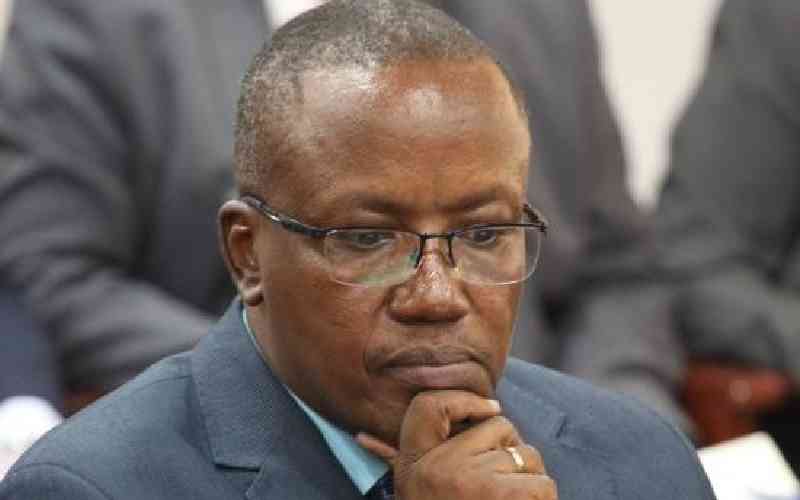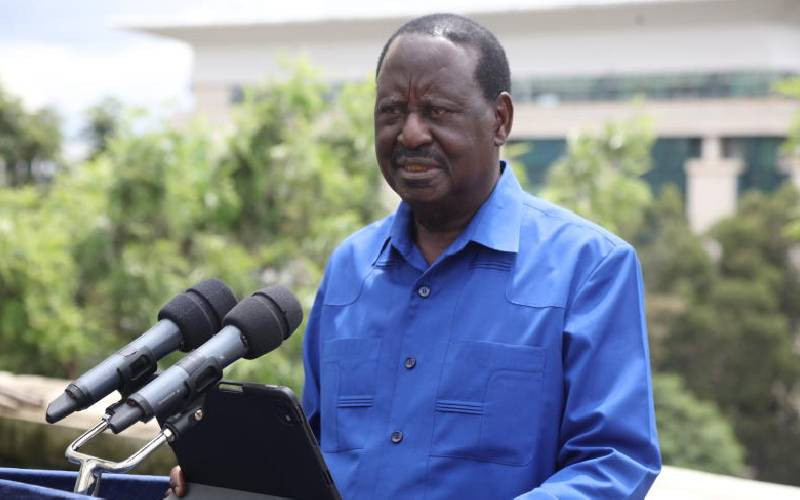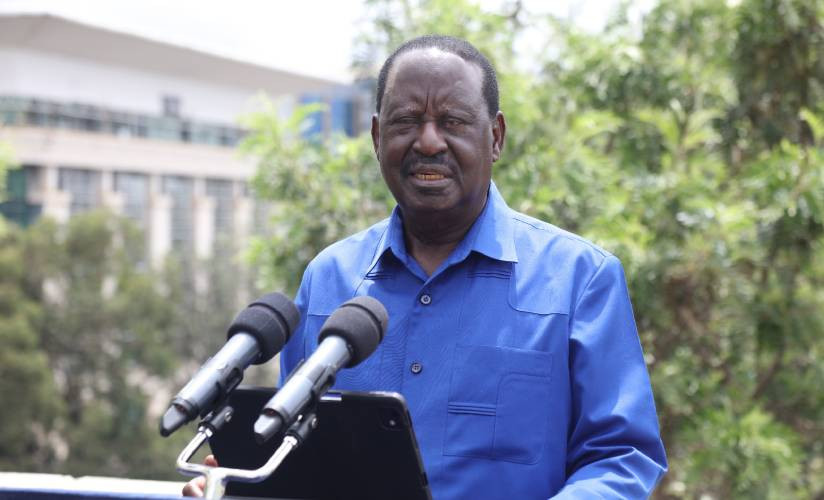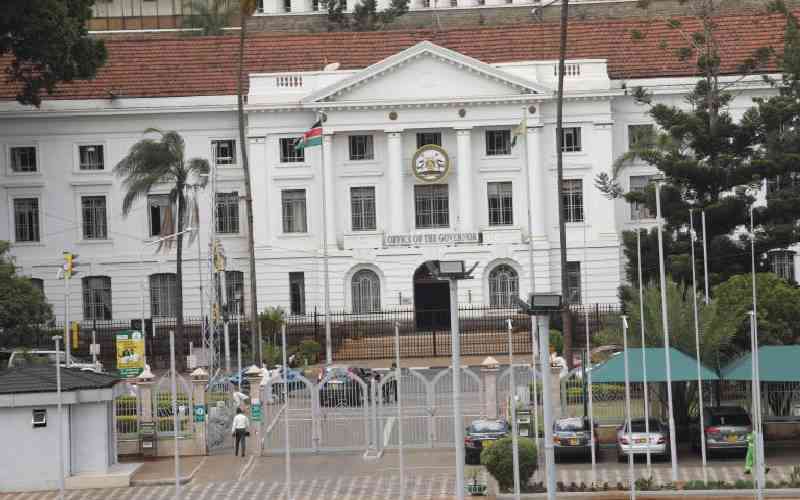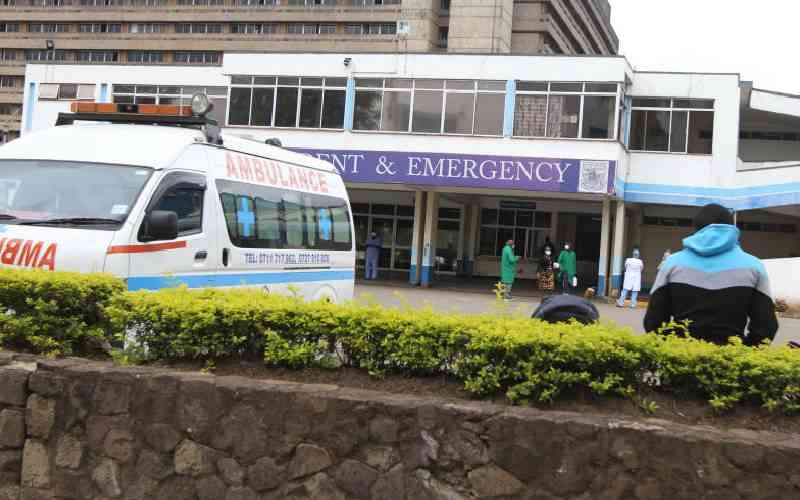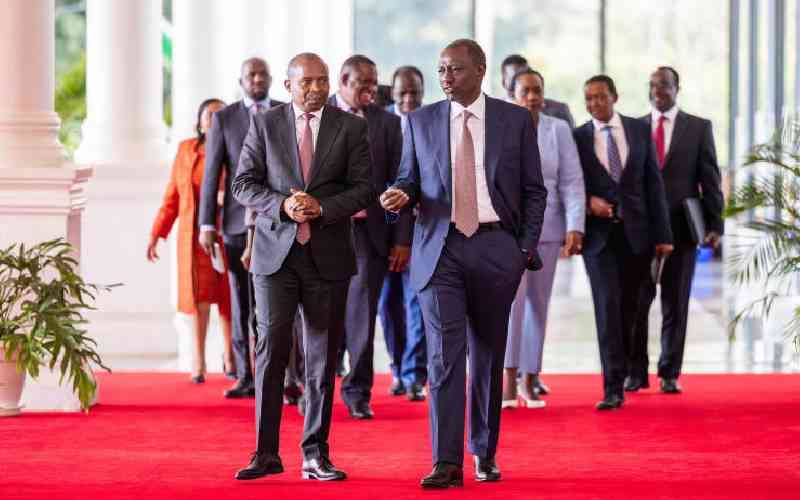The Senate defied explicit directions from President Uhuru Kenyatta and ODM leader Raila Odinga and shot down the much-touted division of revenue formula that would have greatly shifted the basis on which counties would be allocated funds. The proposed formula would have seen a colossal shift from county physical size to a greater emphasis on county population.
The bone of contention was that more densely populated counties, which also tend to be smaller in size have been getting the short end of the stick when it comes to revenue allocation – unlike the counties that are large which incidentally tend to be less densely populated.
For instance, in 2019-2020 financial year, Nairobi got Sh15 billion with a population of 4.93 million and a landmass of only 704 square kilometres; Turkana Sh10 billion with a population of 990,000 and a very big land area of 68,000 square kilometres; and Kiambu got Sh9.4 billion with a population of 2.4 million and a landmass of 2,400 square kilometres.
Proponents of the proposed formula make the case that money should be allocated based on population while those opposing it contend that landmass must also be taken into account since it takes more resources to cover the large landmass to render services to people, especially in very vast counties such as Turkana, Marsabit, Mandera, Garissa, Wajir, Baringo and Tana River.
The current debate has also brought back memories of Kanu and Kadu rivalries and dynamics between big tribes and smaller tribes. The big tribes tend to live in the more densely populated areas and the smaller tribes tend to live in the larger ones. This was somewhat reflected in the Senate vote this week.
This has been exacerbated by seemingly ethnic and region-based discussions on how much certain communities contribute to the Gross Domestic Product with central Kenya MPs claiming they contribute 60 per cent of GDP yet they only get 20 per cent of county revenues. They propose a formula that will result in the ‘one man, one vote, one shilling principle’. It is worth noting that the 60 per cent figure has not been substantiated by anyone.
For a more constructive debate on this, it may be prudent to analyse the historical role of tribalism on development in certain areas and marginalisation in others. For instance, can it be argued that certain parts of the former Central and Rift Valley provinces disproportionately benefited from national government investments, jobs and resources when their political leaders were in power?
Others might argue that devolution and its predecessor, the CDF fund were meant to cure this disease of selective development by finding a way to equally and equitably distribute resources to all parts of the country. As such, any formula for revenue sharing among counties must avoid the same pitfalls that divided Kenyans into regional, tribal and religious groupings.
Article 10 of the Constitution pronounces the national values and principles of governance that bind all State organs, State officers, public officers and all persons whenever they apply or interpret the Constitution; enact apply or interpret any law including revenue sharing, or make or implement public policy decisions.
These values and principles include national unity, sharing and devolution of power, equity, social justice, inclusiveness, equality and non-discrimination and protection of the marginalised. I would, therefore, advise that any revenue sharing formula by our lawmakers and leaders abide by our national values which are clear on the aspiration of all Kenyans and seem to have been addressing this impasse on revenue allocation among counties.
With regards to the equality vs equity dynamic, it is prudent that we clarify what these two related concepts mean within the context of society, law and even our national values. Although both promote fairness, equality achieves this by treating everyone the same regardless of need, whereas equity achieves this by treating people differently dependent on need.
Nevertheless, the differential treatment may be the key to reaching equality. That is why for instance, mileage allowance for a lawmaker from Moyale is far higher from the allowance for a lawmaker from Lari in Kiambu. It is noteworthy that a logical formula to determine the mileage must be in place to achieve equity.
In the case of division of revenue among counties, all factors, including population, landmass, poverty rates, historical injustices, equity, hardships such aridity as well as fiscal responsibility and other unique challenges must be addressed and factored in to achieve equity. This will require leadership from the Commission on Revenue Allocation, political leaders and Members of Parliament.
-The writer is constitutional & human rights lawyer
[email protected]
Stay informed. Subscribe to our newsletter
 The Standard Group Plc is a
multi-media organization with investments in media platforms spanning newspaper
print operations, television, radio broadcasting, digital and online services. The
Standard Group is recognized as a leading multi-media house in Kenya with a key
influence in matters of national and international interest.
The Standard Group Plc is a
multi-media organization with investments in media platforms spanning newspaper
print operations, television, radio broadcasting, digital and online services. The
Standard Group is recognized as a leading multi-media house in Kenya with a key
influence in matters of national and international interest.
 The Standard Group Plc is a
multi-media organization with investments in media platforms spanning newspaper
print operations, television, radio broadcasting, digital and online services. The
Standard Group is recognized as a leading multi-media house in Kenya with a key
influence in matters of national and international interest.
The Standard Group Plc is a
multi-media organization with investments in media platforms spanning newspaper
print operations, television, radio broadcasting, digital and online services. The
Standard Group is recognized as a leading multi-media house in Kenya with a key
influence in matters of national and international interest.

